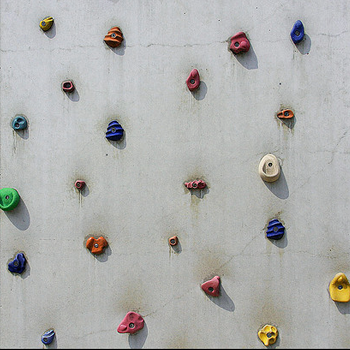What happens to glucose in the kidneys?
1 Answer
Glucose is filtered through the glomerulus, appears in glomerular filtrate and then reabsorbed back into the bloodstream.
Explanation:
The glomerulus is the filtering system of the nephron , the functional unit of the kidney. The blood coming from the afferent arteriole pushes blood into the glomerulus where ultrafiltration takes place. After that blood leaves via efferent arteriole with plasma proteins such as albumin, globulin and red blood cells, platelets, etc.

